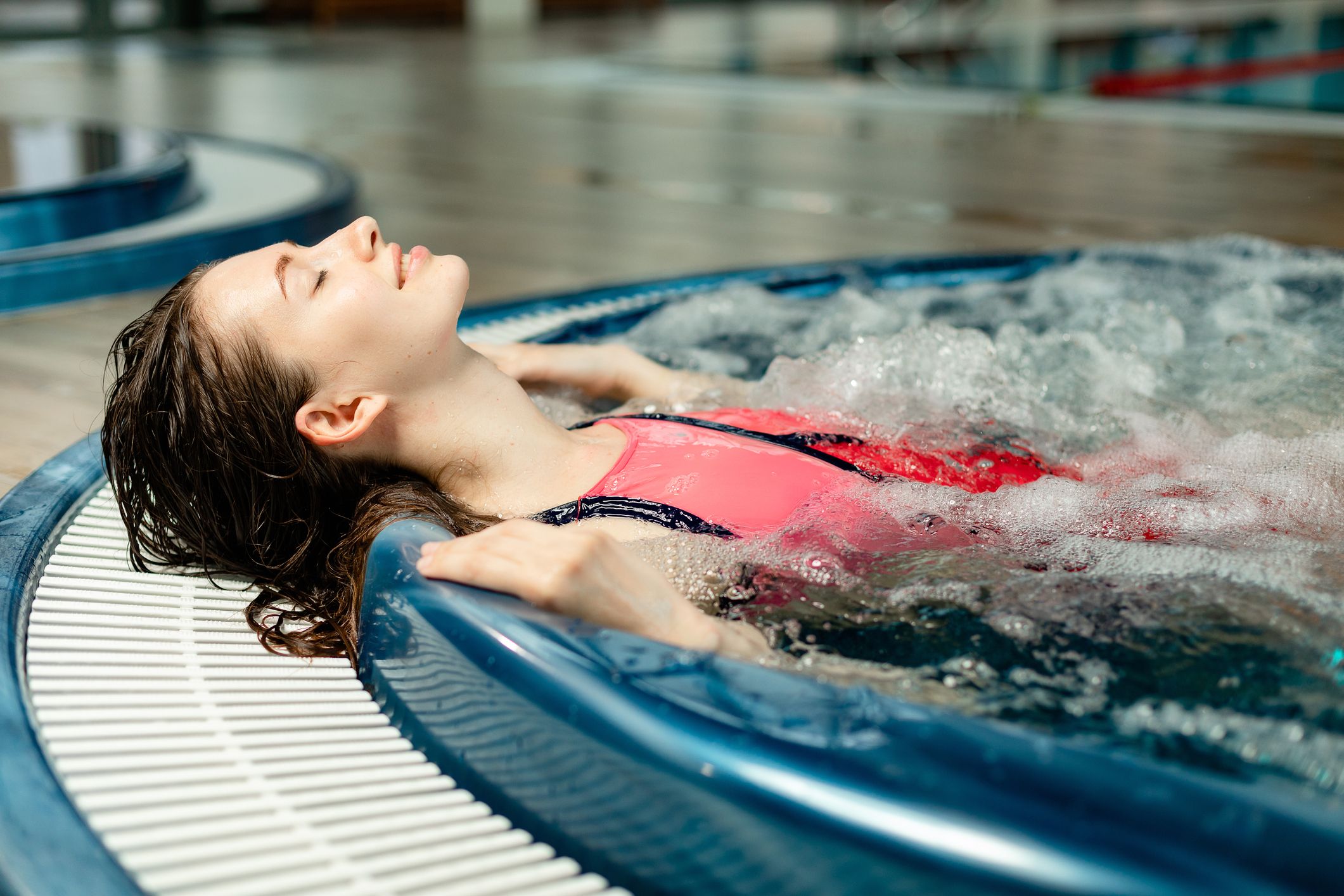
Contrast therapy, also known as hot-cold immersion therapy, is a practice that involves alternating between hot and cold temperatures to promote healing and improve overall well-being. This technique has been used for centuries in various cultures and is based on the principle that the contrast between hot and cold stimulates the body's natural healing processes. In this article, we will explore the science behind contrast therapy and how it can help you heal faster and feel better.
The Benefits of Contrast Therapy
1. Improved Circulation
- Alternating between hot and cold temperatures helps to dilate and constrict blood vessels, which can improve circulation throughout the body.
- Improved circulation can help deliver more oxygen and nutrients to the tissues, promoting faster healing and reducing inflammation.
2. Muscle Recovery
- Contrast therapy is commonly used by athletes to speed up muscle recovery after intense workouts or competitions.
- The alternating temperatures help to flush out metabolic waste products from the muscles and reduce muscle soreness.
3. Pain Relief
- The hot-cold contrast can help to numb pain receptors and reduce the perception of pain.
- This can be especially beneficial for individuals suffering from chronic pain conditions such as arthritis or fibromyalgia.
How Contrast Therapy Works
Contrast therapy works by creating a "pumping" effect on the blood vessels, which can help improve circulation and promote healing. When you expose your body to hot temperatures, the blood vessels dilate, allowing more blood to flow to the surface of the skin. This can help to flush out toxins and metabolic waste products from the tissues. When you then expose your body to cold temperatures, the blood vessels constrict, pushing the blood back towards the core of the body. This alternating dilation and constriction of the blood vessels helps to stimulate the lymphatic system and improve circulation throughout the body.
The Contrast Therapy Process
- Start with a few minutes of exposure to hot temperatures, such as a hot shower or bath, sauna, or hot pack.
- Follow this with a few minutes of exposure to cold temperatures, such as a cold shower, ice bath, or cold pack.
- Repeat the process several times, alternating between hot and cold temperatures for a total of 15-20 minutes.
- Always end with cold temperatures to help close the blood vessels and prevent any potential inflammation.
Tips for Safe and Effective Contrast Therapy
1. Listen to Your Body
- Pay attention to how your body responds to the hot and cold temperatures.
- If you experience any discomfort or pain, stop the contrast therapy immediately.
2. Gradually Increase the Contrasts
- Start with milder temperature contrasts and gradually increase the intensity as your body gets accustomed to the therapy.
- Avoid extreme temperature changes to prevent any potential harm to the skin or body.
3. Stay Hydrated
- Drink plenty of water before and after contrast therapy to stay hydrated and help flush out toxins from the body.
- Dehydration can amplify the effects of hot and cold temperatures on the body, so it's essential to keep yourself well-hydrated.
Conclusion
Contrast therapy is a simple yet effective way to promote healing, improve circulation, and reduce pain. By incorporating hot and cold temperatures into your daily routine, you can experience the numerous benefits of this ancient healing practice. Remember to always listen to your body, start slowly, and stay hydrated to ensure a safe and effective contrast therapy session. Whether you're an athlete looking to speed up muscle recovery or someone dealing with chronic pain, contrast therapy can help you heal faster and feel better.